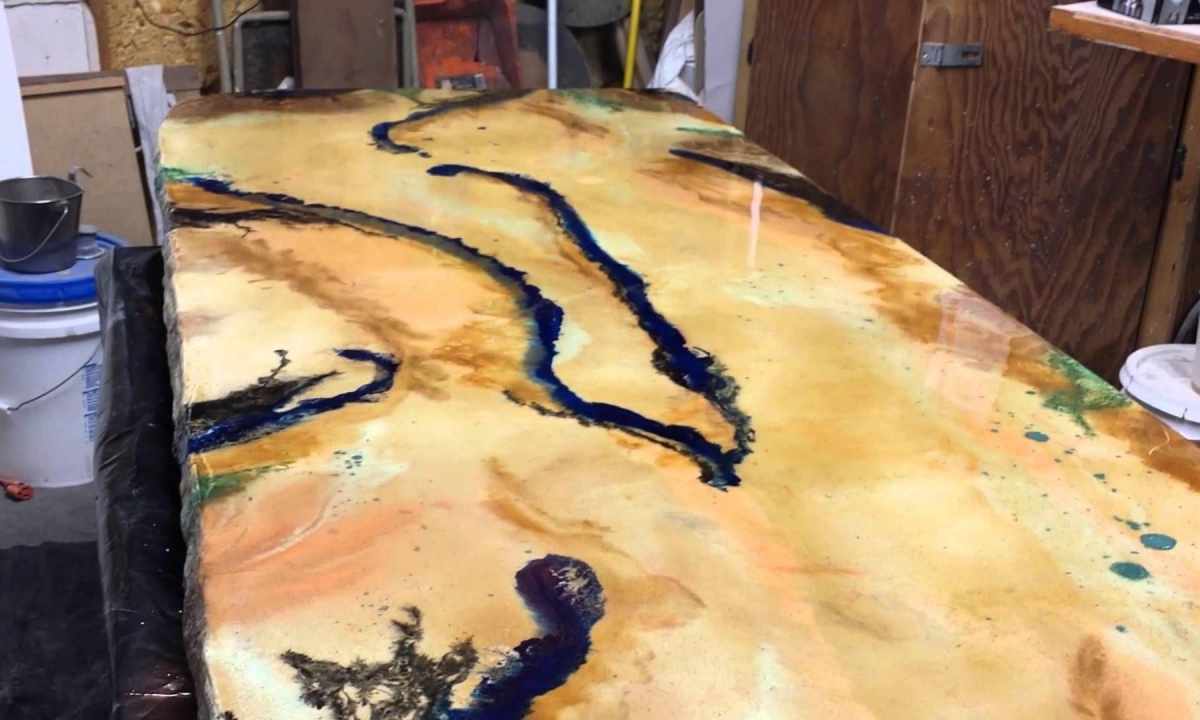Epoxy resin - very universal remedy. It is applied as glue, impregnating material in complex with fiber glass fabric and to production in house conditions of products from fibreglass.
Instruction
1. Most often epoxy resin is applied to repair and production of the most various body - boats and cars. For this purpose impregnate with epoxy resin fiber glass fabric, receiving very strong, thin and light material. Quite often by means of epoksidka the waterproofing of rooms, floor and walls in basements, pool walls is made. It is the simplest to use epoxy resin as glue. Mixing is made in small amounts, hashing suffers room temperature, and small non-compliance with proportions does not threaten with anything terrible as glue properties remain. In several kg to prepare large volumes much more difficult. Also difficult and to make big volume products of fibreglass which have to be clean, transparent and not contain at the same time bubbles which are often formed at the most insignificant violations of proportions.
2. In order that epoxy resin became less viscous and more fluid, for successful hashing of two of its components - softener and hardener, it is desirable to heat it to temperature slightly above room. Pitch can crystallize at storage, it is necessary to make sure that it has not dimmed also short-term heating and hashing to return its transparency. Conveniently for heating to use water bath, placing containers with pitch and hardener there, continuously stirring slowly for uniform heating. At the same time it is impossible to allow hits in epoxy resin of water and also heating it it is higher than 60 wasps. At such temperature there is its boiling - it grows turbid and becomes covered with foam, becoming unsuitable to use.
3. When hashing epoxy resin with hardener, as a rule, hardener is poured into pitch, trying to do it by thinner stream, continuously mixing capacity contents. If there is hardener overdose, pitch will look so as if boils - will become covered by set of bubbles, will become opaque. It is difficult to work with such pitch or it is impossible - it too viscous and quickly stiffens. In the course of mixing of pitch and hardener heat is always generated irrespective of, proportions have been observed or not. Process of boiling and too fast hardening of pitch can happen as well because of excessively high initial temperature of pitch or hardener therefore it is better to carry out works at temperature slightly above room.
4. After components are carefully mixed, the fluidity of pitch remains about half an hour, in rare instances - hour. After filling the product is recommended to hold about 2-3 hours at temperature slightly above room. At this time there is primary polymerization, after that the product can be heated stronger and it to accelerate hardening process till 5-6 o'clock. Polymerization at the room temperature can happen in certain cases for weeks and if hardener was initially not enough, the surface quite often remains sticky. If it is necessary to pour layer more than 2-3 mm, most often it is done by layers in several calling. Adding various dyes to pitch, it is possible to receive various colors. The stiffened fibreglass can be exposed to machining - drilling, cutting, grinding.

